A Boulder Falls
It all began when cliff face on the Grand Canyon’s Bright Angel Trail collapsed. As a result, a boulder fell down onto the trail. While many other scientists and tourists disregarded the boulder, one man did not.
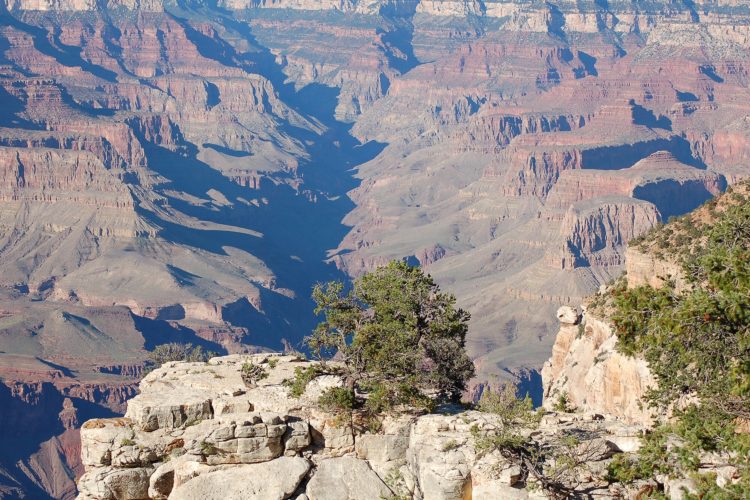
Allan Krill
Allan Krill is a geology professor from Norway. In 2016 he was visiting the University of Nevada. He made the stunning discovery while doing a hike with his students on the Bright Angel Trail.

The Discovery
During Krill’s hike, him and his students took note of a boulder containing interesting fossilized footprints. Krill immediately took pictures of the fossils and sent them to a colleague, Stephen Rowland, a paleontologist at the University of Nevada Las Vegas.
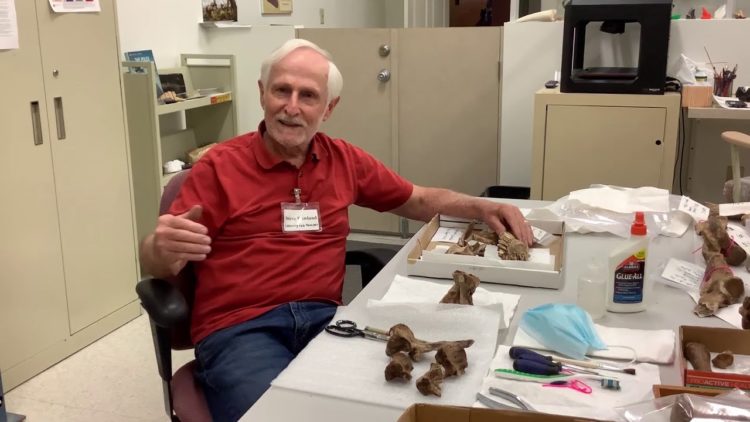
The Boulder
Upon studying the boulder’s position and other aspects, scientists were able to properly determine its age. The boulder had fallen from a nearby cliff-exposure of the Manakacha Formation on the Bright Angel Trail. It was determined that the fossilized prints were 313 million years old, give or take .5 million.
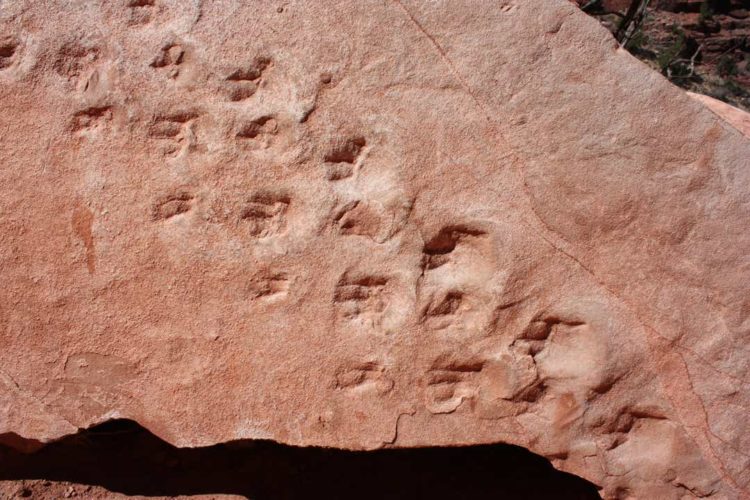
The Time Frame
313 million years ago puts the tracks as having been made in the Carboniferous Period. During this era, Arizona would have been closer to the Equator.
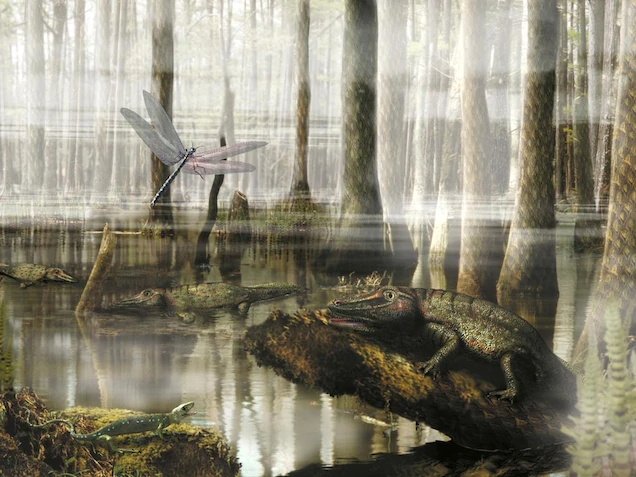
The Tracks
The tracks on the boulder were determined to not match any known animal in the fossil record, meaning that a completely new species could have been discovered. The footprints are believed to be a marking type known as Ichniotherium.
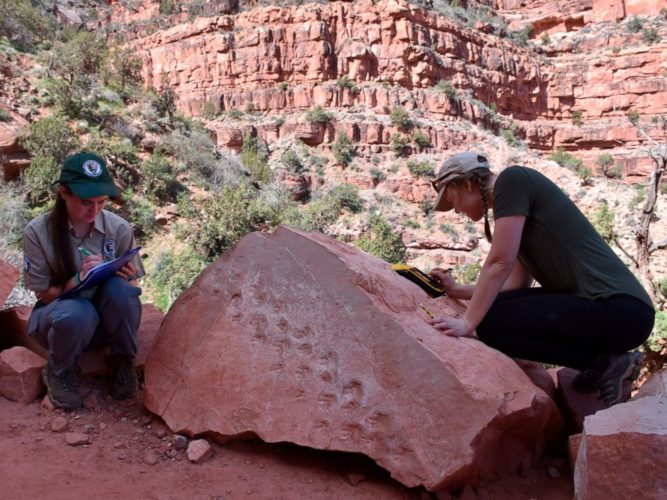
What This Means
These tracks are currently the oldest known tracks belonging to a quadrupedal, egg-laying organism. They are most definitely the oldest known tracks to be found in the Grand Canyon. This discovery could uncover evolutionary connections between some modern or extinct species, or otherwise fill in another blank spot in the pre-history of the world.
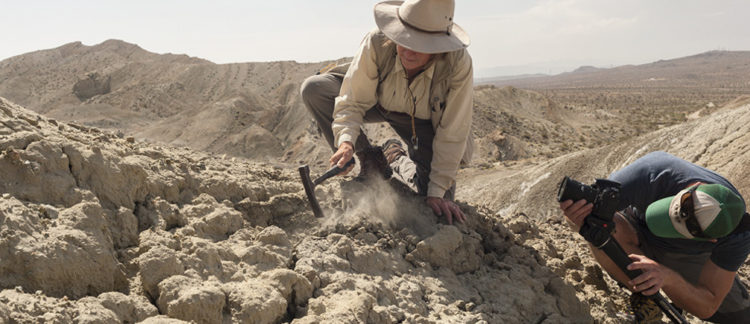
The Walk
The gait of the animals is noted to be similar to four-legged creatures of today, such as cats and dogs. It was previously believed that tetrapods didn’t yet have this gait during this time period. Additionally, this marks the earliest known usage of animals crossing over sand dunes.
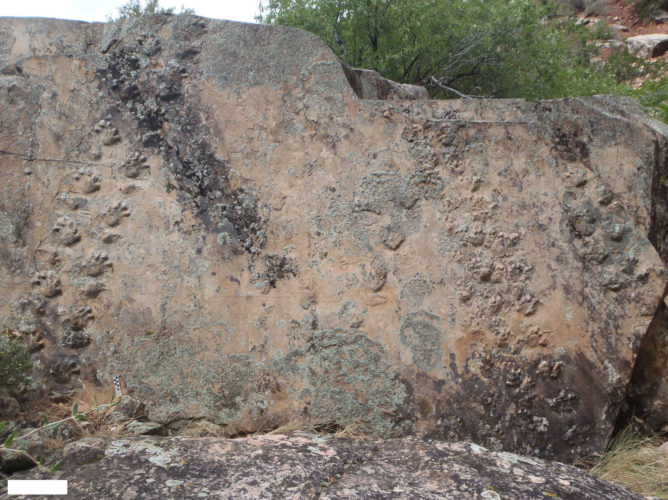
Two Animals
Currently, it’s believed that the prints in the rock belong to not only one animal, but two, moving on the slope of a sand dune. However, the scientific community isn’t in complete agreement on this one. Others believe that it was the same animal crossing the sand dune at two different times. However, the tracks denote two different walking speeds.
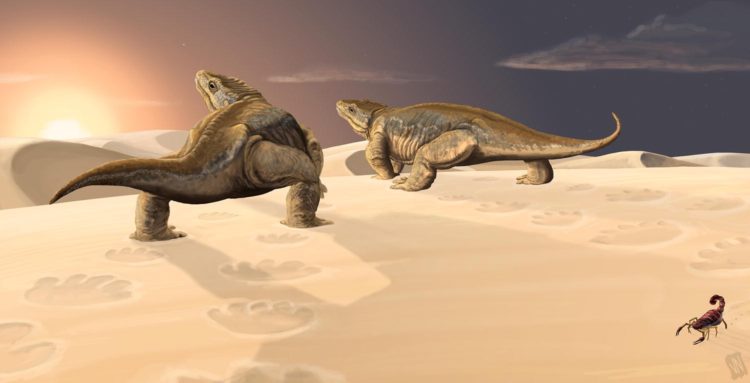
About The Delite
Somtimes it can feel like the world is full of negative news. Luckily, there is still a lot of good in the world. There are amazing people doing incredible things. Our goal is to help showcase some of these positive, inspiring stories in order to bring a smile to your face.



